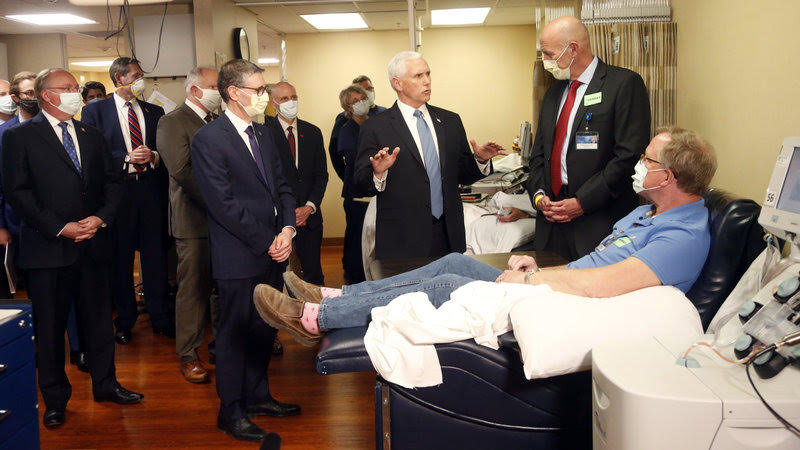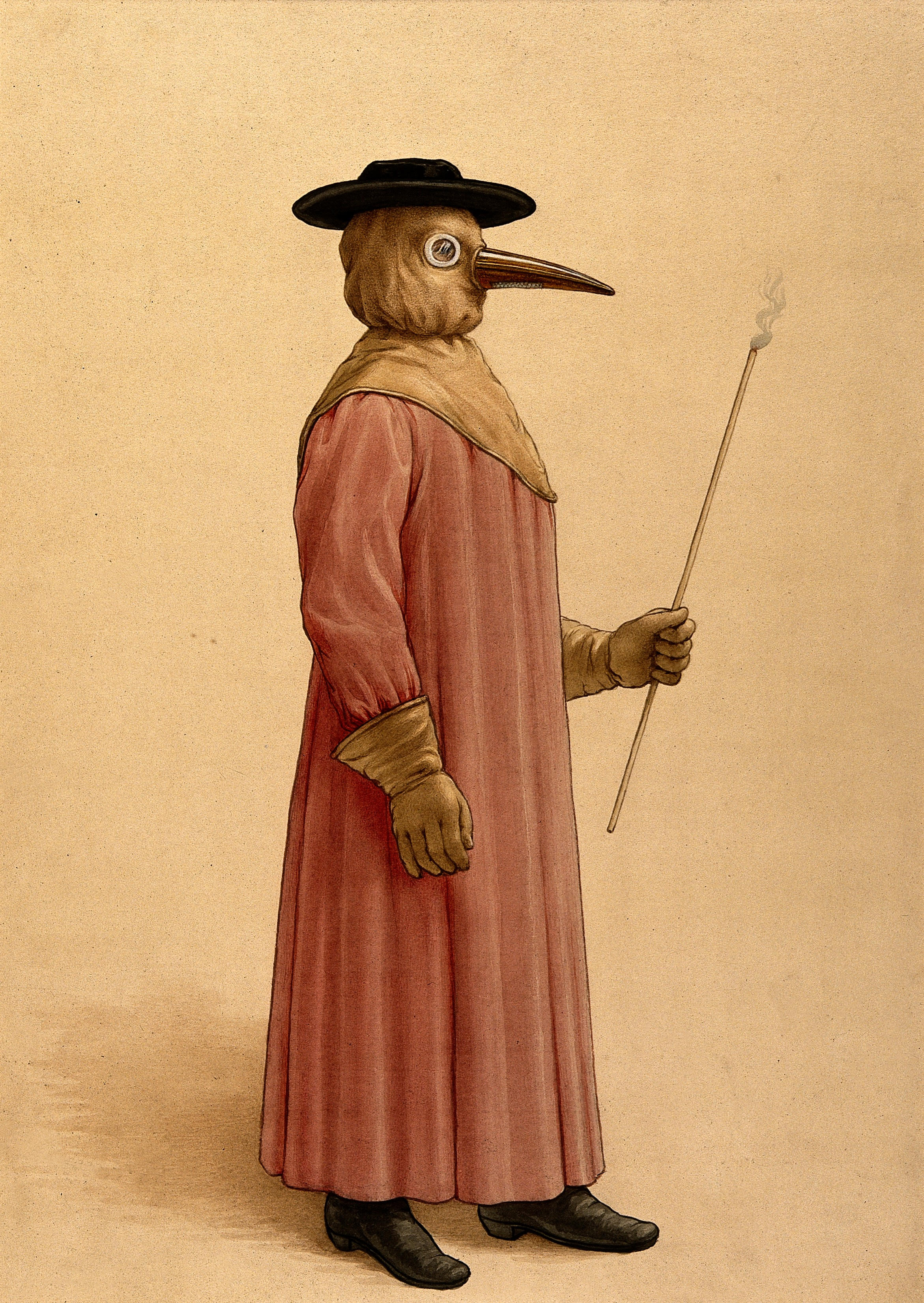Air and Breath as Elemental Media, Masks, and Datasets
Aaron Tucker / York University

As Yiğit Soncul and Jussi Parikka contend in “Masks: The Face between Bodies and Networks,” masks have become particularly symbolically freighted, with recent imagery of their use emerging from the Australian wildfires, protest movements, and the COVID-19 global pandemic. The authors’ following exploration “argues that it is through contexts of immunity and air—breathability—that we come to understand the broader political stakes of the present as well as the histories in which the mask sits.”[1] The focus on air and “breathability” recalls John Durham Peters’ work on elemental media in which he contends that media are vessels and environments that both anchor our existence and open up imaginaries and future possibilities. From within such a framework, air, clouds, and fires have “meaning” in that they are forms of data and processes; too, we might consider how air acts as conduit materials for technologies like radio, satellite signals, and wifi. If air and breath are media, what role does the mask play in relation to those media? How might masks fit into future versions of media?

The answers to that question must consider the politically and biologically-defined life that is protected, shielded, and/or hidden by masks. While Soncul and Parikka reference the works of Roberto Esposito and Achilles Mbembe, the discussion can be expanded into further considerations of masks’ biopolitical impact and tactical use in conversation with the recent collection of brief essays “Coronavirus and Philosophers.” Taking these arguments into account, the mask is central to various biopolitical strategies, from their production to their distribution to certain populations over others, to the adoption of masks, and the refusal to wear a mask becoming central to the current culture wars in America. This raises the question: how might masks, located within larger ecologies of media, as well as biopolitical strategies and tactics, be useful sites of analysis and media archaeology?

Further, it is urgent that current developments linking masks and masked faces to existing surveilling technologies, such as facial recognition software (FRS), be met with calls for transparency and regulations. It is a reality that there will be a massive wealth of datasets generated that showcase people wearing masks; this data can then be used to advance existing FRS systems to better detect and identify the faces previously hidden by masks. This has larger implications in relation to political dissidents and protesters but also has the potential to leach into other uses, like the tracking of workers and their productivity in industrial settings that require concealing safety equipment, while building on previous work such as the American National Institute of Standards and Technology’s FIVE project aimed at the facial recognition of “non-cooperative subjects.” While the COVID-19 pandemic is unlikely to generate whole new surveilling systems, it is likely that it will provide the rationales and justifications to exponentially expand existing programs.
Image Credits:
- Vice President Mike Pence visits the Mayo Clinic.
- A physician wearing a seventeenth century plague preventive costume, 17th century (Wikimedia Commons)
- Sample image from Mask Classifier Dataset
- Yiğit Soncul & Jussi Parikka, “Masks: The Face between Bodies and Networks,” Paletten, April 28, 2020, https://paletten.net/journal/masks-between-bodies-and-networks. [↩]